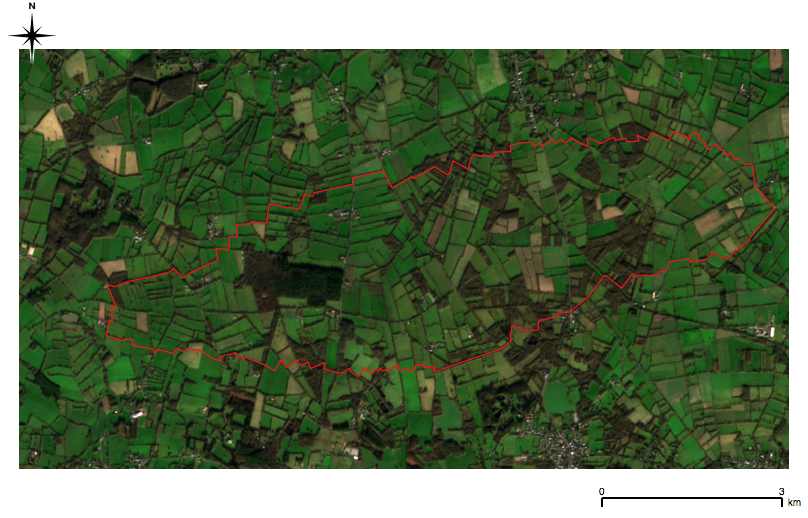From Multitemp blog to Nature Geoscience
You probably remember Simon Gascoin’s story about the Aru glacier avalanches, which started from Simon’s observations of the twin avalanches using the Sentinels. It was one of the big buzz pages of the blog in 2016. The first images were published here, then spread out in many scientific websites and the social networks.

It seems that the story finally made its way to Nature Geoscience, after a large work from many scientists lead by Andreas Kaab. Congratulations to all the team ! So, dear CESBIO colleagues, or remote sensing time series users, it is time to submit your work to this blog as a first step to future publications in Nature 😉 !








